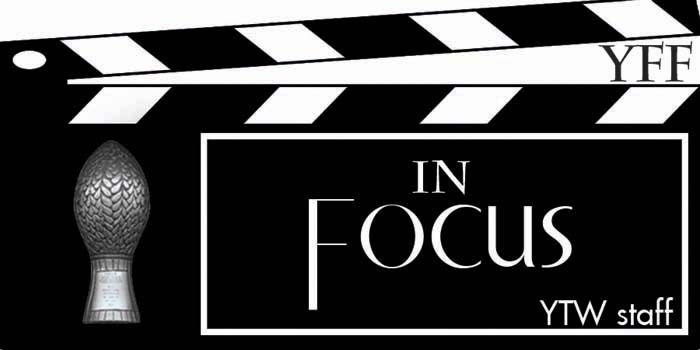The Giant Mine, near Yellowknife, Northwest Territories, became infamous in 1992 when, during a labour dispute, a bombing killed nine replacement workers.
As horrible as that historic event was, the worse legacy of Giant is ongoing. After decades of private, including foreign, ownership, Canadian taxpayers got stuck with an environmental disaster waiting to happen when the final owner, Royal Oak, went bankrupt in 1999.
What the company left behind is massive liability of contaminated buildings and soil, open pits, tailing ponds and 237,000 tonnes of arsenic trioxide underground.
Arsenic trioxide, the waste product of processing gold out of arsenopyrite, is a non-threshold carcinogen, meaning no level of exposure is safe for humans.
The danger is that the stuff is easily dissolved in groundwater and threatens to seep out into Yellowknife Bay and the city’s water supply. Currently, there is no permanent technical solution to this problem, so the Canadian government has so far had to spend close to a billion dollars on a temporary remediation. Using similar technology to that used in hockey arenas, the arsenic trioxide is kept frozen year round.
A solution that requires perpetual care, and hence money, is not ideal by any means.
This is all information gleaned from a 2015 interactive documentary Shadow of a Giant, by Saskatchewan director Clark Ferguson and NWT producer Lesley Johnson.
The doc was selection for the 2016 Yorkton Film Festival in the Documentary Science/Nature/Technology category.
What is really cool about the project, since it is not simply a film, is that it combines video chapters with other graphics to tell the story.
The video player sits within a map graphic, which sets the geographic context for each chapter. A view can move back and forth through the chapters as they choose by hovering over a left hand menu that provides navigation options throughout.
I also liked the way the concerns about the site are revealed through vignettes of local people dealing with, as the title suggests, living in the shadow of a menacing giant.
One subject called it “an open sore festering” and a “cancerous tumour lurking.”
The Northwest Territories is currently planning on opening a museum.
Dr. Erin Freeland Ballantyne, who bills herself in the documentary as a “political ecologist” says it is like the “monster under your bed.”
I think the current legacy of Giant is you have to live with the end results and the ongoing results of your actions forever, and they matter,” she said. “It’s there to be a beacon for what we shouldn’t do and it’s a reminder and that’s why in a lot of ways I want them to leave the headframe up because I want it to be there to remind us.”
The bad thing about the interactive aspect of the film is that I found the interface kind of buggy. Even though it has been released for a couple of years, the software still appears to be Beta release. I had some difficulty navigating the way I wanted to and even on a high-speed connection it was kind of choppy and unreliable.
All in all, though, it is a compelling story about the benefits and follies of natural resource extraction on a lot of different levels.



